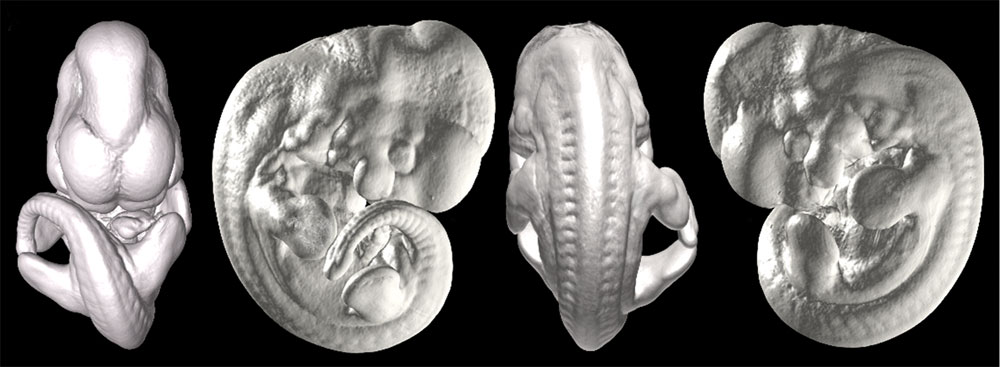Embryology for K12 Students: Difference between revisions
From Embryology
No edit summary |
|||
| Line 39: | Line 39: | ||
|- | |- | ||
| [[File:Mark_Hill_icon.jpg|50px]] K12 pages are prepared for students of primary and secondary education. | | [[File:Mark_Hill_icon.jpg|50px]] K12 pages are prepared for students of primary and secondary education. | ||
* Note that some content on other content pages may not be suitable for young students. All suitable pages have [[:Category:K12|Category:K12]] at the bottom of the page. | |||
* First, use the browser "View" option to zoom in once or twice to make the print larger. | * First, use the browser "View" option to zoom in once or twice to make the print larger. | ||
* It is also difficult to make notes suitable to cover the entire K -12 age group. | * It is also difficult to make notes suitable to cover the entire K -12 age group. | ||
* For younger students I suggest showing the movies of embryo growth and other movies. | * For younger students I suggest showing the movies of embryo growth and other movies [[Quicktime Movies]] or [[Flash Movies]]. | ||
* Also the [[Animal Development]] pages have many pictures of different animal embryos. | * Also the [[Animal Development]] pages have many pictures of different animal embryos. | ||
* These notes are still not yet complete. I am looking for teachers who would like to contribute some suitable content. | |||
|} | |} | ||
Revision as of 07:49, 22 March 2011
Notice - Mark Hill
Currently this page is only a template and will be updated (this notice removed when completed).Introduction
This is page has been made to help the younger student (from K to 12) understand some of the basics of how an embryo grows.
Start Here
In humans, the growth of a baby inside a mother takes about 9 months.
In chickens, mice and rats this growth only takes about 3 weeks.
- Question: How long does it take for cats and dogs to develop? (Dogs)
- During this time a single cell will grow into many different cell types with different shapes and jobs to do in the body.
- A similar process will occur in all different embryos.
- In humans, many important changes occur in the first few weeks of development and much of the following 9 months is growth.
Lets now follow the growth and changes in the embryo over time.
Views of a Mouse Embryo at 11.5 days (front, right, back and left)
Next: Week 1
Teachers Note
| Author Comments |
|---|
|
Cite this page: Hill, M.A. (2024, June 1) Embryology Embryology for K12 Students. Retrieved from https://embryology.med.unsw.edu.au/embryology/index.php/Embryology_for_K12_Students
- © Dr Mark Hill 2024, UNSW Embryology ISBN: 978 0 7334 2609 4 - UNSW CRICOS Provider Code No. 00098G

